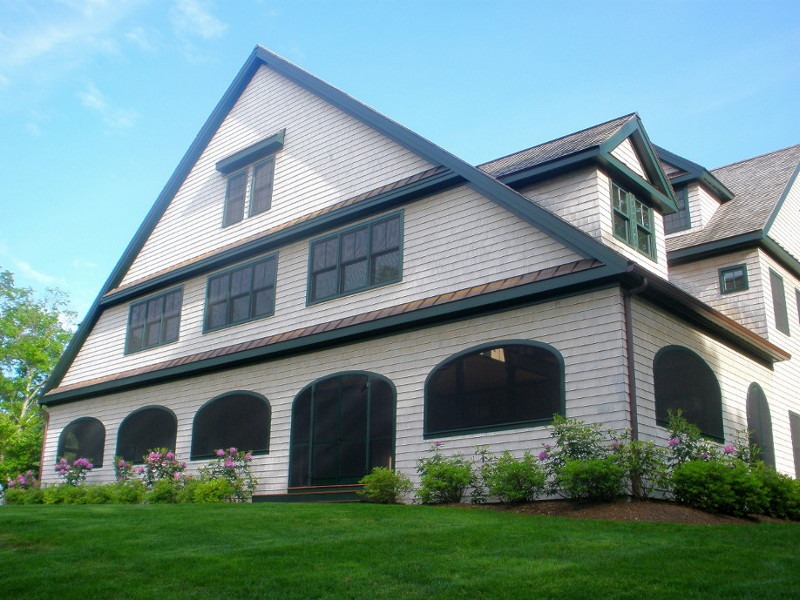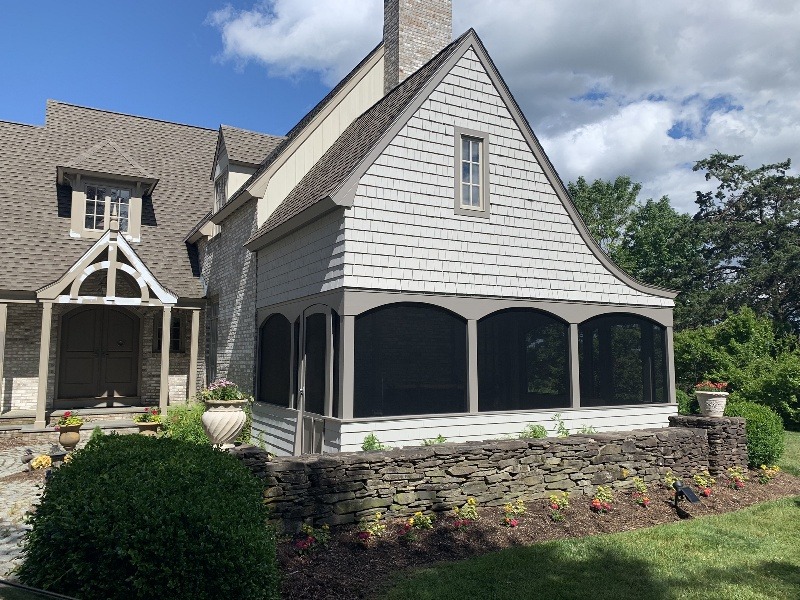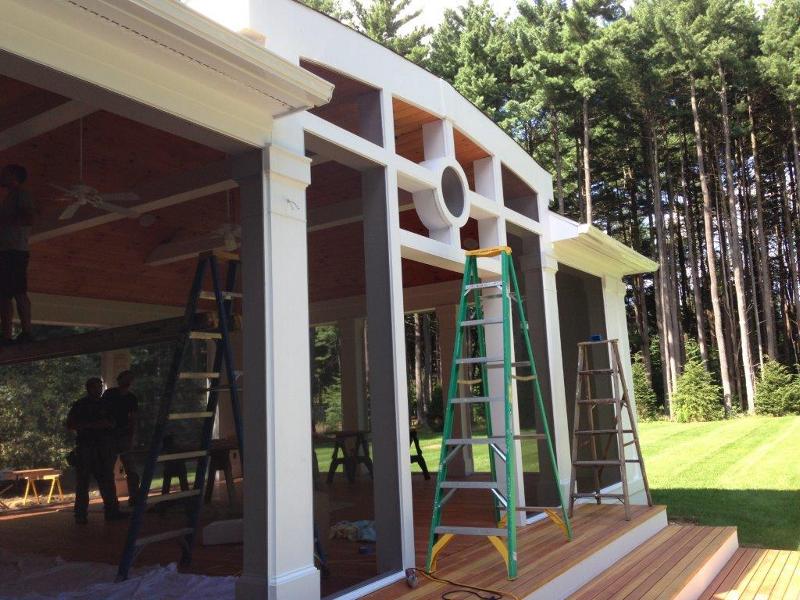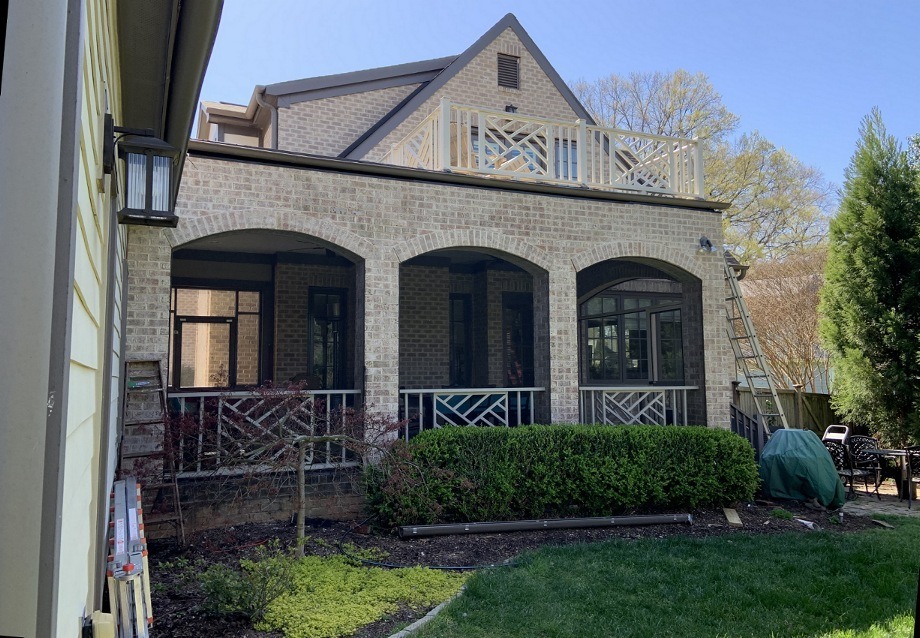Screening Arches with SNAPP® screen
Nothing - absolutely nothing - intimidates people more than arched openings. People become especially apprehensive when an opening doesn’t have 3 or 4 sides.
Arched openings can be a little more involved, but in all honesty, they really aren’t that much more difficult than a typical square or rectangle opening.
SNAPP® screen makes the entire process a whole lot simpler.
Depending upon your location, application, and available tools, arched openings can be screened using Aluminum SNAPP® screen, PVC SNAPP® screen or a combination of both.
Treat the opening as you would any other opening and follow all other standard installation information for SNAPP® screen. Information provided on this page is only relevant for the actual extrusion(s) being mounted to the arch itself. How you’re screening the remainder of the opening makes no difference.
Types of Arches
Using Aluminum SNAPP® screen
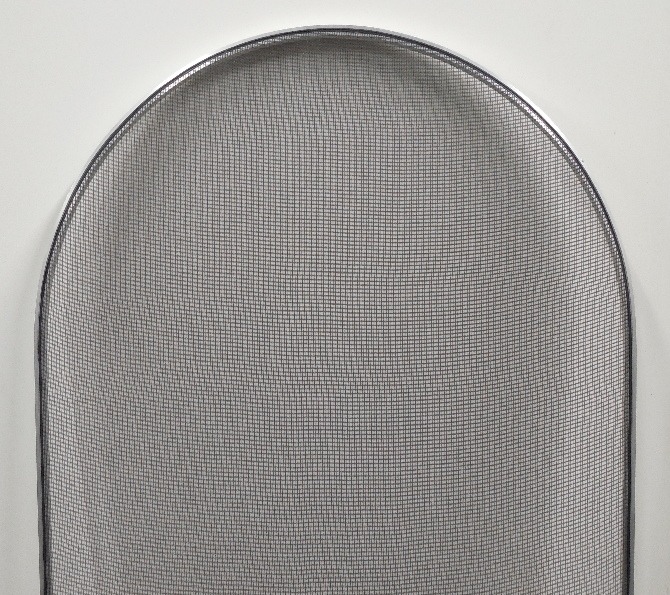
Aluminum SNAPP® screen will not flex. You’ll need a commercial bender to achieve the radius required if you intend to use it. Additionally, you cannot bend powder coated or painted extrusions without damaging the finish. Use our unfinished "mill" aluminum extrusions and apply your finish after the extrusion has been properly shaped. Mount using standard mounting instructions based upon the application. (Left: Aluminum SNAPP® screen shown screened for depiction only. Screen is normally installed after extrusion is mounted in the opening)
Using PVC SNAPP® screen
Depending upon the radius required, PVC SNAPP® screen will either flex right into the opening or require “relief” cuts.
Lazy “slow” curves
Lazy “slow” curves are the easiest to work with. PVC SNAPP® screen will flex right into place or, at most, require slight heat from a heat gun to fully form into the opening. Flex the extrusion into place and mount following standard mounting instructions.
Tight “fast” curve
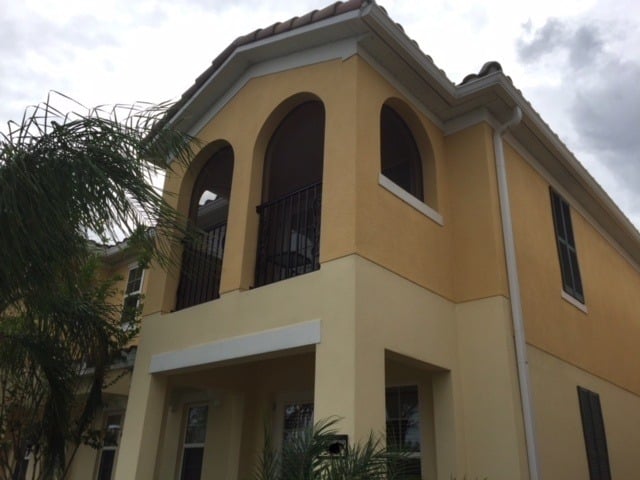
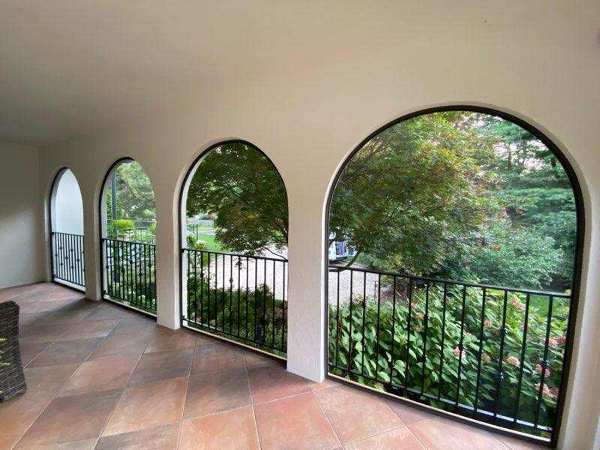
Tight “fast” curves will require relief cuts to accommodate the tight radius. Relief cuts allow the PVC SNAPP® screen extrusion to compact upon itself during compression. These are easily made using a power miter saw or hand hack saw. Typically, cuts are made every inch in the extrusion head. (mounting flange is not cut) Watch the process for making relief cuts in PVC SNAPP® screen below.
Flex the extrusion into place and mount following standard mounting instructions. Relief cuts will close during installation and any remaining relief cut gaps will be fully covered by screen and spline during installation.
Relief cuts allow the PVC SNAPP® screen extrusion to be formed into a circle as small as 8” in diameter.
Screen Installation
Screen installation is exactly the same as described in our other installation videos, but some customers may find it easier to spline the base first then move to the top. Once on the top, start in the center and work down each side of the radius. Once the base and radius are complete move on to screening the sides of the opening. Screen sides as normal - prime hand side first then non-prime hand side second. Examine the entire screened opening and make any adjustments needed prior to trimming any screen or spline ends.
Take a look at some projects from our customers
Still nervous, want some PRO advise? Text some photos of your project to 203.901.0834 - we’ll take a look and let you know what to expect. Be sure to include your name and a contact email in case we want to send back some links or other information.
